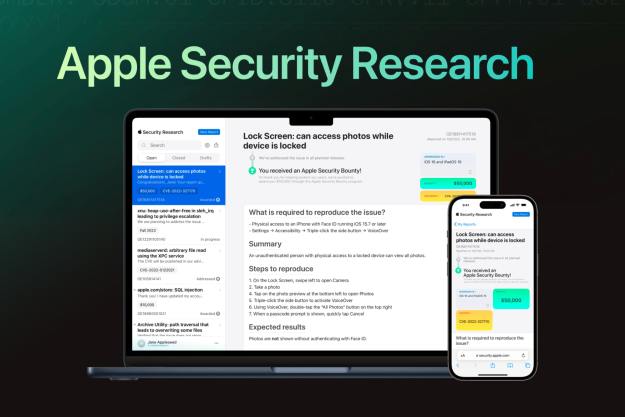
Following efforts last summer to boost protection against dodgy downloads, the Mountain View company this week further beefed up security for Chrome, Search, and ads.
For example, in addition to the current warning that shows up right before you go to download suspicious software, users of Google’s Chrome browser will now see an even more prominent warning (below) before they visit the site containing the link to the download.

It’s about as clear an alert as you can get – a prominent red cross in a large red box containing the text, “The site ahead contains harmful programs.” It adds that visiting the page may “harm your browsing experience” (and likely ruin your day) and also includes the option to allow Chrome to automatically report possible security incidents to Google in future.
Google Search’s security has been boosted, too, enabling it to better filter out sites it deems suspicious, while Google ads are now being disabled in instances where they lead to websites containing unwanted downloads.
The latest changes are part of the Web company’s ongoing ‘Safe Browsing‘ initiative that seeks to spot unsafe websites and alert users and webmasters so they can take action to avoid trouble.
[Source: Google]
Editors' Recommendations
- Hackers are using this incredibly sneaky trick to hide malware
- This Google Chrome feature may save you from malware
- This PowerPoint ploy could help hackers empty your bank account
- This free service just hit a huge website security milestone
- Half of Google Chrome extensions may be collecting your personal data


